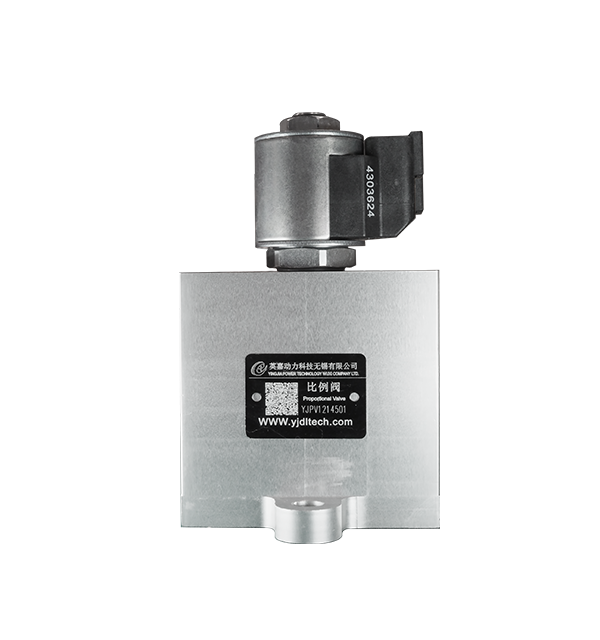Common Application Fields of Proportional Valves
Thanks to their precise control and remote operation capabilities, proportional valves are widely used in multiple sectors. Below are typical application domains:
I. Industrial Manufacturing
Machine Tool Processing
In CNC machines, proportional valves control worktable feed speed, spindle rotation speed, and tool movement. By precisely regulating hydraulic oil flow and pressure, they achieve high-precision control over machine components, ensuring dimensional accuracy and surface quality of machined parts.
Plastic Molding
Injection molding machines require precise hydraulic control for clamping, injection, and pressure holding. Proportional valves adjust hydraulic system pressure and flow according to process requirements, ensuring stability and repeatability of the injection process to improve plastic product quality and production efficiency.
Metal Die Casting
During die casting, proportional valves accurately control injection speed and pressure to ensure molten metal fills the mold cavity quickly and uniformly. They adjust hydraulic parameters in real-time per casting process needs, enhancing casting quality and pass rates.

II. Construction Machinery
Excavators
Excavator work devices (boom, arm, bucket) and slewing mechanisms are hydraulically controlled. Proportional valves regulate the movement speed and force of hydraulic cylinders/motors based on operator commands, enabling flexible excavation and loading operations.
Cranes
Crane lifting, luffing, slewing, and telescoping mechanisms require precise hydraulic control. Proportional valves adjust system pressure and flow based on load weight and working radius, ensuring smooth operation and safety.
Concrete Pump Trucks
The pumping mechanism of concrete pump trucks needs accurate control of hydraulic oil flow and pressure to ensure uniform, continuous concrete delivery. Proportional valves adjust parameters in real-time per delivery volume and distance, improving pumping efficiency and quality.
III. Transportation
Automotive Power Steering Systems
In vehicle power steering, proportional valves control hydraulic assist force based on vehicle speed and steering angle, providing optimal steering feel at different speeds for enhanced driving comfort and safety.
Railway Locomotive Braking Systems
Proportional valves regulate brake cylinder pressure in railway braking systems, adjusting braking force according to train speed and load to ensure safe, smooth stopping.
IV. Aerospace
Aircraft Flight Control Systems
In aircraft flight control, proportional valves control movement of flight control surfaces (ailerons, elevators, rudders). By precisely regulating hydraulic flow and pressure, they ensure accurate control over flight attitude and performance.
Aeroengine Control Systems
Aeroengine fuel supply and hydraulic control systems require precise regulation. Proportional valves manage parameters like fuel flow and hydraulic pressure, ensuring stable engine operation under various flight conditions.
V. Metallurgy Industry
Continuous Casting Machines
Crystallizer vibration and straightening machine tension control in continuous casting rely on precise hydraulic control. Proportional valves adjust system pressure and flow per casting process needs, enhancing billet quality and production efficiency.
Steel Rolling Mills
During rolling, proportional valves control roll pressure and speed to ensure steel thickness and surface quality. They adjust hydraulic parameters in real-time per rolling process requirements, improving steel quality and productivity.
Technical Highlights
Precision Control: Achieves flow/pressure regulation accuracy within ±0.5% in critical processes (e.g., aerospace, medical equipment).
Remote Adaptability: Enables integration with PLC/DCS systems for automated control in smart factories.
Material Diversity: Uses 316L stainless steel (food/pharma), aluminum alloys (aerospace), and high-strength steel (heavy machinery) to suit diverse environments.
